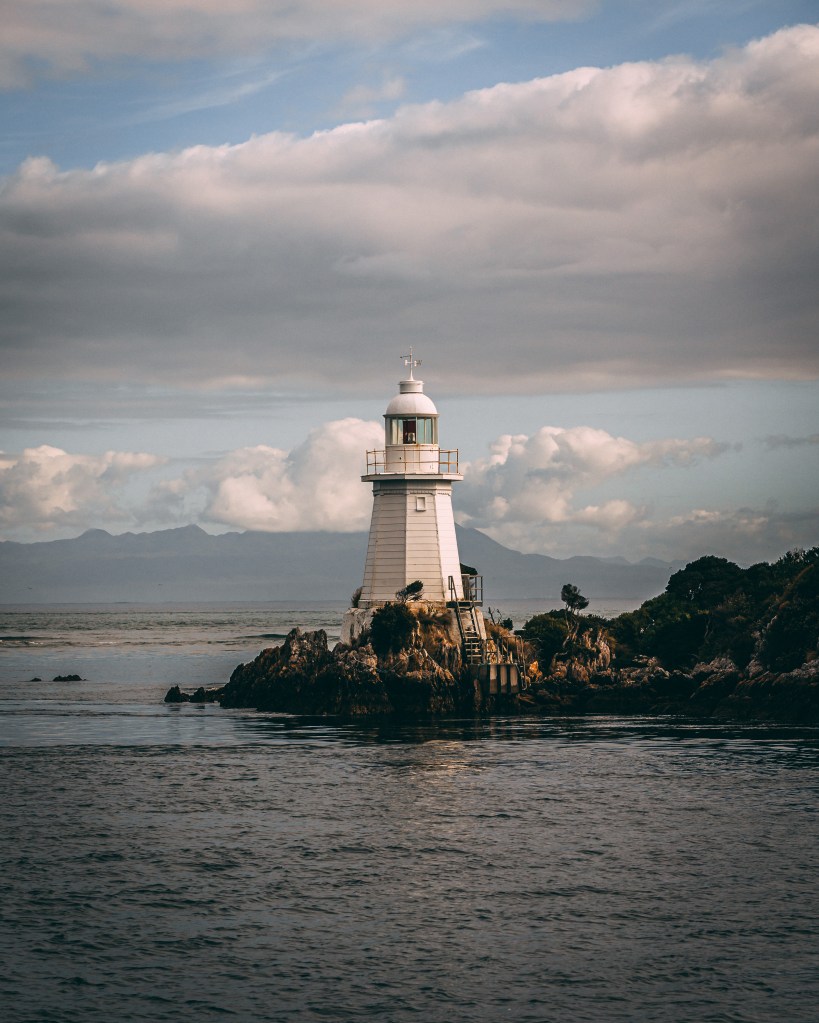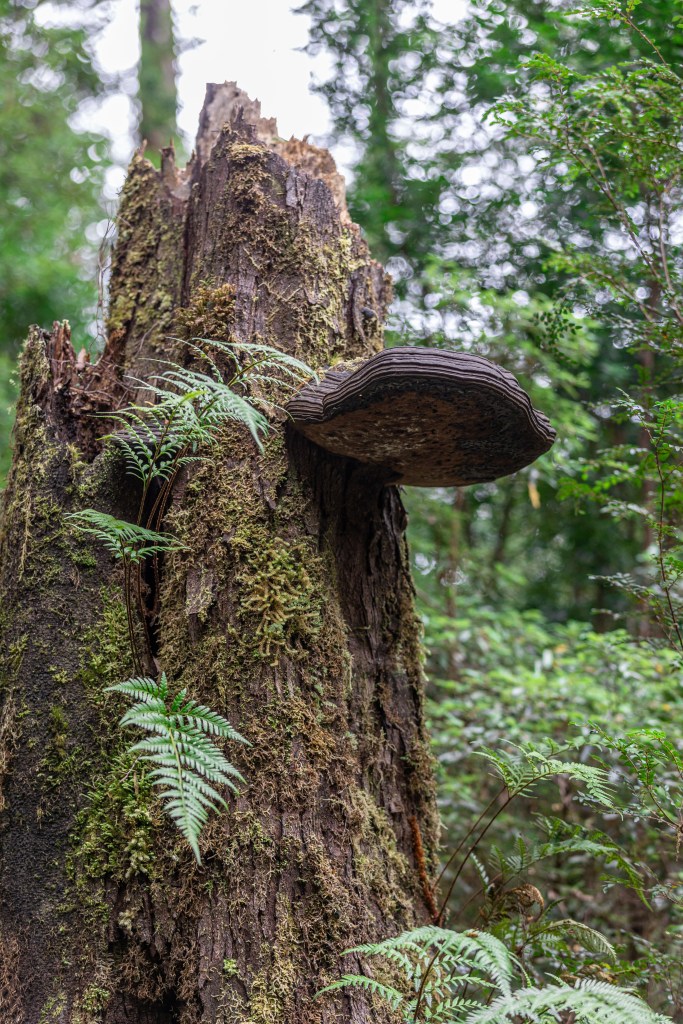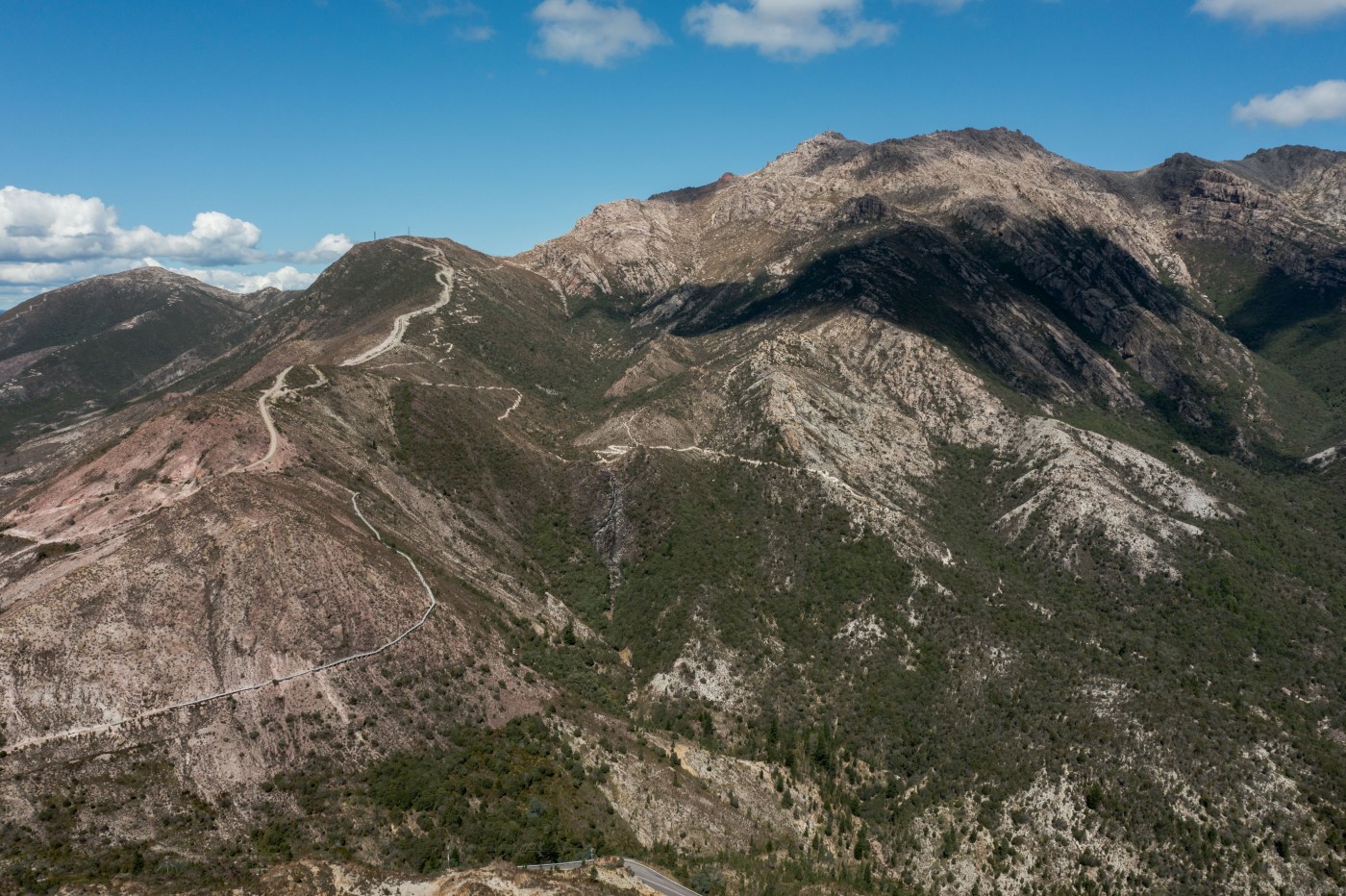If ever the question arises of why Tasmania is so wild, untouched, green, clean and stunning a good response would be that over 40% of this little island state is national park or reserve. 20% of it is World Heritage Listed by UNESCO, which doesn’t come easily. In 1982, the Western Tasmanian Wilderness National Parks was entered into World Heritage Listing for significant natural and cultural values of outstanding global significance. To put it in perspective, to receive World Heritage Listing a site must meet one of ten criteria, the Western Tasmanian Wilderness National Parks meets SEVEN.
Some highlights which aided the recognition include:
- Lake St Clair is the deepest lake in Australia, Exit Cave is the longest measured cave system in Australia (19km) and Anne-a-kananda is the deepest cave (373m).
- The temperate rain forest, eucalypt forest, buttongrass moorland and the alpine communities occur in a unique mosaic of Antarctic and Australian elements of the flora. The Antarctic element consists of species descended from the super-continent of Gondwana.
- Archaeological finds indicate a significant Ice Age (Pleistocene) hunter-gatherer society inland, which existed from at least 30,000 years ago until the end of the Ice Age some 11,500 years ago, and coastal occupation by Aborigines from at least 3,000 years ago to the time of European arrival in the 19th century.
- The fauna includes an unusually high proportion of endemic species and relict groups of ancient lineage. Of Tasmania’s 32 mammal species, 27 are present. Over 150 bird species are present, including orange-bellied parrot, one of Australia’s rarest and most threatened birds. There are 11 reptile species, six frog species, 15 species of freshwater fish and an important invertebrate fauna.
– https://whc.unesco.org/document/152919
Obviously, we went here, and it was more magical then listening to Bob Brown talk about cuddly koalas that need saving by being snuggled while eating Tasmanian cheese.

After our four nights at Peppers in Cradle Mountain we arrived at our first camping site for the holiday in Strahan, only to discover it was a dirt patch overlooking a fence, not the wilderness we were hoping for given the camp site was beside the ocean. But we prevailed, through -3-degree nights and howling winds to ensure we could get as close as possible to the UNESCO sites.
Our first trip was to Queenstown, not part of the UNESCO site by any means. More like a scene from Mad Max or The Martian where instead of looking at the pristine landscape you go to a lookout which hangs over an old mining pit, an impressive mining pit, but a mining pit all the same.
Queenstown, and many of Tasmania’s small towns were built on mining of some form, after they’d housed the worst of the worst convicts. In 1642, only two days out from Tasmania’s west coast, Abel Tasman wrote in his journal that his compasses were not working, and noted, “there might be mines of loadstone about here”. And old mate Abel was right, Tasmania is rich in minerals of all kind, coal, tin, lead, copper, zinc, gold, silver and iron ore.
Sadly, for Queenstown it was mined relentlessly in the late 1800s, where smokestacks billowed toxic sulphur dioxide blanketing the land and lungs of workers and families. The result is a barren landscape, still struggling to regenerate because of the high annual rainfall which erodes any topsoil.

Excruciatingly slowly, regrowth is occurring but it’s a stark reminder of the destruction man can cause, only 40 minutes from a UNESCO site world known for its unique beauty and natural phenomenon’s.

Recalibrating ourselves with nature we stepped on the Gordon River Cruise which is a glorious boomer/retiree filled boat that spends six hours exploring the Macquarie Harbour (the second-largest natural harbour in Australia, six times the size of Sydney Harbour), Sarah Island an old convict settlement and the Franklin Gordon River.

The river was the place of the 1982 protests to stop a dam being built, where over 1400 protesters rowed, kayaked and fought their way up the river to block the creation of the dam. It dominated Australian politics in the 70’s and 80s and cause violent protests and arguments between those who supported the dam and hydro-electric power scheme and those who wanted to see the preservation of the wilderness. A ruling by the High Court in 1983 backed the bid to preserve the wild rivers. I could go on about this being the take down of the Fraser Government, the building of the Greens Movement in Australia etcetera etcetera, but instead I’ll go on with the wilderness descriptions they fought so hard to protect.

Our trip along the Franklin Gordon River was much more peaceful; overcast skies, deep-green hues, mist sitting low in the valleys and glassy water reflecting the immoveable mountains above. I know I keep using the word ‘pristine’ but I was premature in its use, this is untouched landscape. Endangered Huon Pine, Sassafras, monstrous King Billy Pine and Giant Ash frame the horizon, some nearly 5000 years old. The river snakes it way through dense bush, birds call as the electric boat glides through causing a slight ripple in the deep cold depths. It was so peaceful a woman told a small group of people chatting quietly to “sshhhh” so we could all breathe in the silence, the stillness, the abundance of nature. What a legacy to leave for generations, flora and fauna to come.

Back in town we purchased our little piece of art to take home, a massive rolling pin for pasta making made of Sassafras from one of the oldest timber mills in Strahan, Morrisons Huon Pine Sawmill which has been in the same family for four generations and only finds its timber from fallen trees. They sit on the edge of the harbour, exposed to the wild elements of the west, working wood many woodworkers can only dream of. I’d bloody love it.

Hi Ang, great informative narrative, it brings back wonderful memories of Nanny and I doing the same Gordon below Franklin cruise. We stayed in Straughan for two nights at a guest house run by a French couple, who fed us gourmet meals. We also had a reenactment on Shara island where we were give real convict identities containing their crimes, sentences and deaths, drowned, murdered, hanged, suicide. It was harrowing to stand in the cells and hear their stories. Keep them coming. Love Dagra.
Sent from my iPad
>
LikeLike